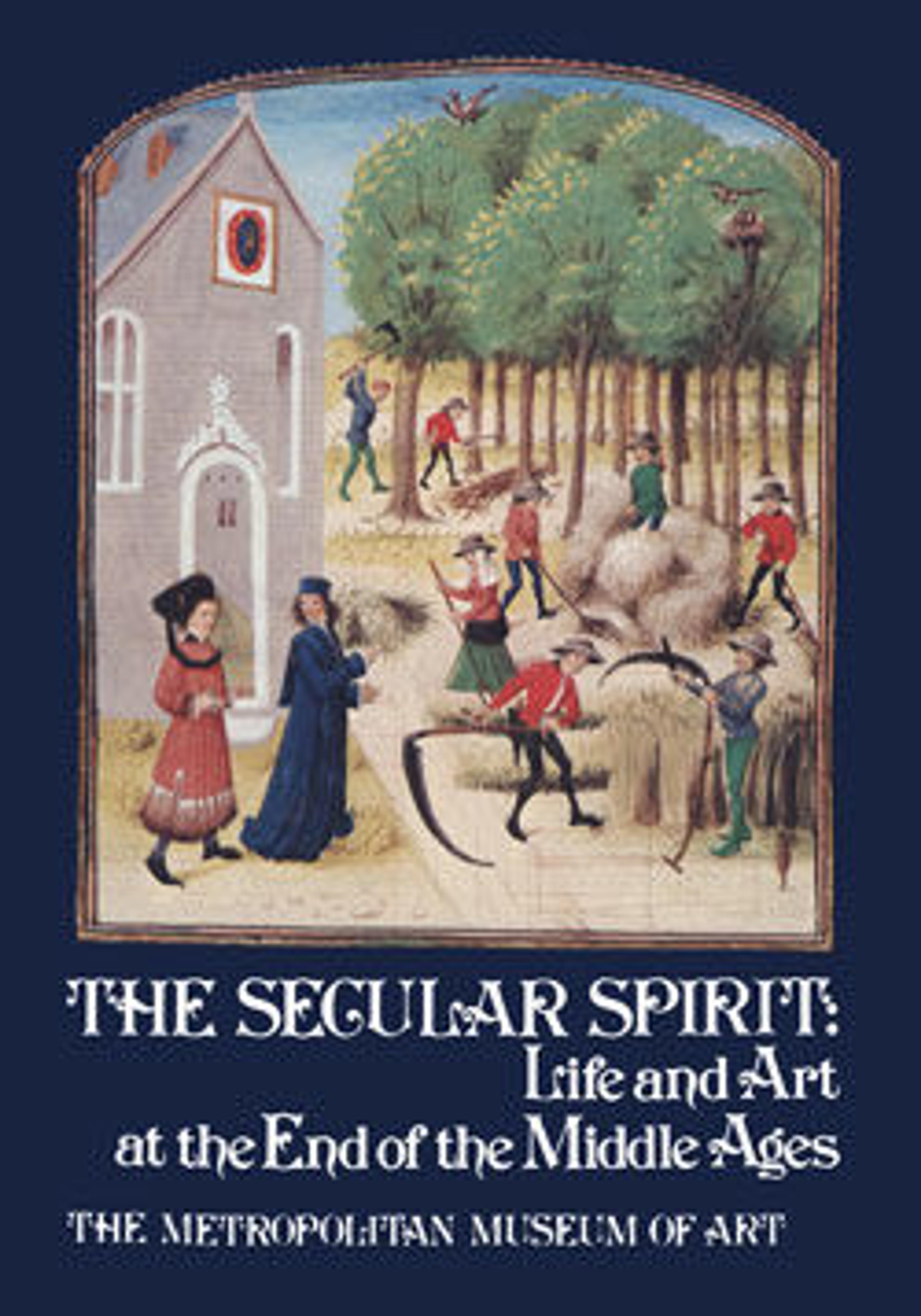Maidenhead Type Spoon
Maidenhead spoons seem to have made their appearance in the late fourteenth century. That some were indented to represent the Virgin Mary is revealed in an inventory of Durham Priory, in 1446, in which "ij coclearia argentea at deaurata unius sectae, cum ymaginibus Beatae Mariae in fine eorundem" ("two partially gilded silver spoons with the image of the Holy Mary at their ends"), and again in a much later of 1525 in which spoons "knopped with the image of our Lady" are mentioned. In the present example, the Virgin, dressed in the fashion of the first half of the fifteenth century, wears an elaborate rolled headdress and a dress with a V-shaped neckline and a raised collar.
These two spoons, although both probably of provincial workmanship since they bear no clearly identifiable London silver mark, are good examples of two of the most popular types of spoons in the late fourteenth centuries. The other most common types were the diamond point, the seal top, and the slip-top.
These two spoons, although both probably of provincial workmanship since they bear no clearly identifiable London silver mark, are good examples of two of the most popular types of spoons in the late fourteenth centuries. The other most common types were the diamond point, the seal top, and the slip-top.
Artwork Details
- Title: Maidenhead Type Spoon
- Date: probably late 15th century
- Culture: British
- Medium: Silver
- Dimensions: Overall: 6 1/8 in. (15.6 cm)
- Classification: Metalwork-Silver
- Credit Line: The Cloisters Collection, 1955
- Object Number: 55.42.9
- Curatorial Department: Medieval Art and The Cloisters
More Artwork
Research Resources
The Met provides unparalleled resources for research and welcomes an international community of students and scholars. The Met's Open Access API is where creators and researchers can connect to the The Met collection. Open Access data and public domain images are available for unrestricted commercial and noncommercial use without permission or fee.
To request images under copyright and other restrictions, please use this Image Request form.
Feedback
We continue to research and examine historical and cultural context for objects in The Met collection. If you have comments or questions about this object record, please contact us using the form below. The Museum looks forward to receiving your comments.
